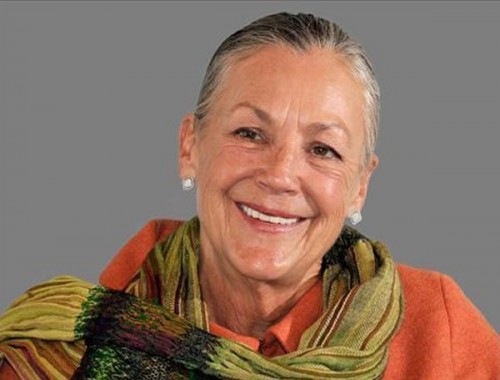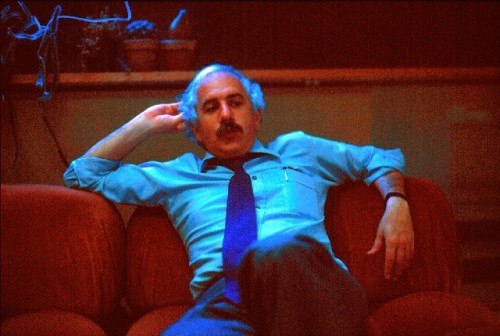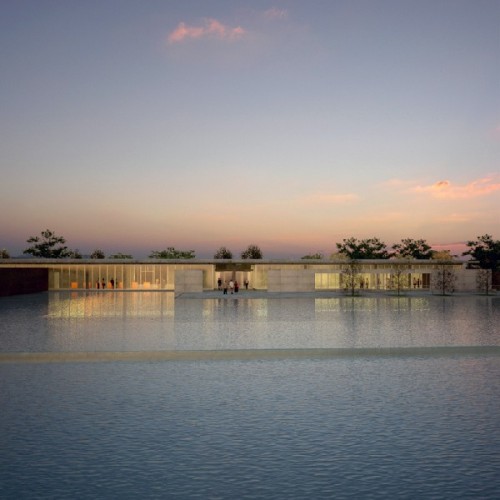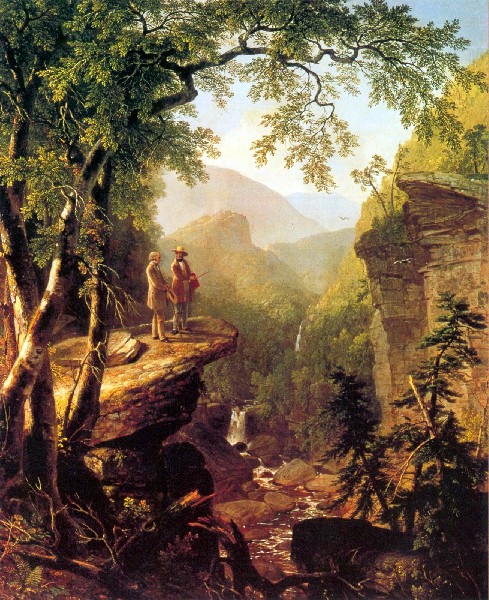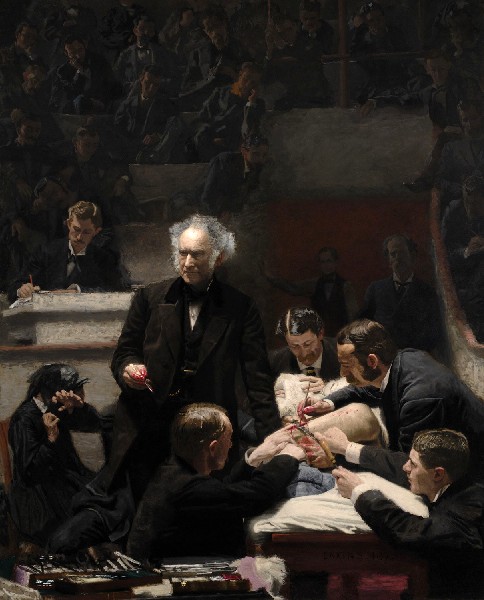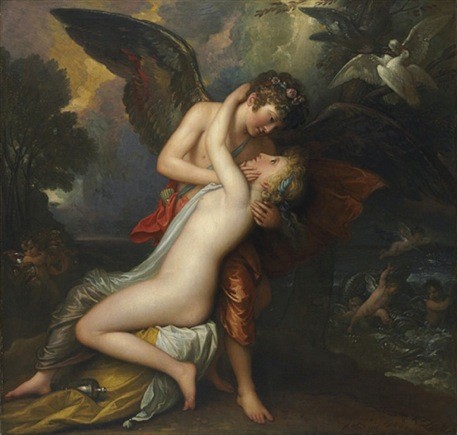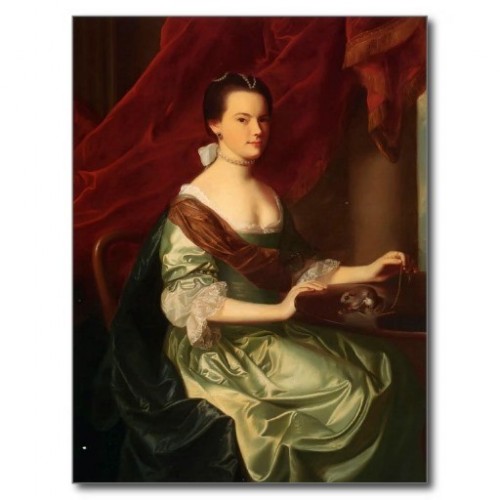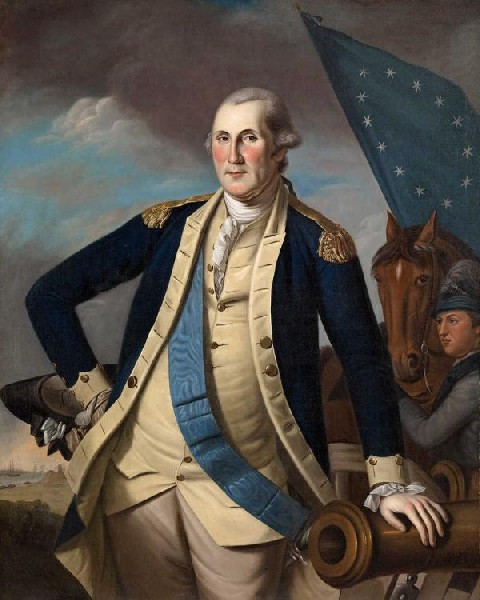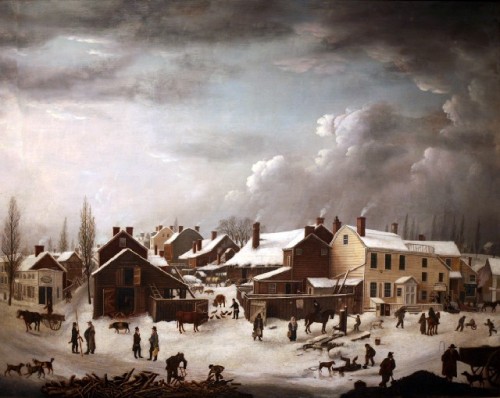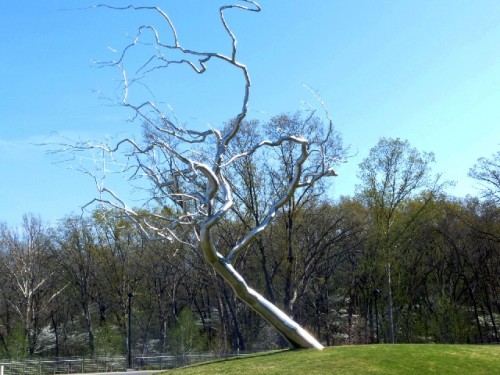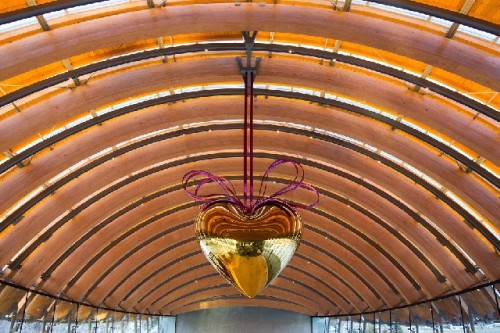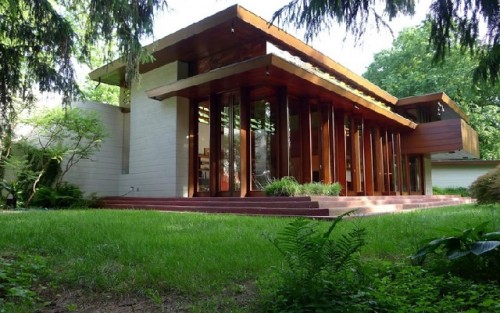Crystal Bridges in Bentonville Arkansas
All the Museum that Walmart Money Can Buy
By: Charles Giuliano - Jun 10, 2014
New England museums are expanding. The Museum of Fine Arts has completed its Art of the Americas wing designed by Lord Norman Foster. The venerable Gardner Museum expanded with a design by Renzo Piano who also designed the Harvard University Art Museums which unveils in November.
During the Fourth of July weekend the Sterling and Francine Art Institute in Williamstown, Mass will unveil the design by Tadeo Ando. It hugs the ground with reflecting pools enhancing the horizon line of Berkshire mountains. Its prior annual attendance of 150,000 is anticipated to double. Nearby Mass MoCA expects an uptick of some 40,000 to 165,000 through both the Clark’s expansion and first full season of an Anselm Kiefer building in addition to the one displaying works by Sol LeWitt.
While anticipating Ando’s nature enhancing design for the Clark the paradigm for this is Moshe Safdie’s magnificent, 217,000 square foot Crystal Bridges which we visited recently in Bentonville, Arkansas. Now open for just under three years, sited over a pool of flowing water, it is the Boston based, Israeli born architect’s masterpiece of boutique museum design.
Some years ago I interviewed Safdie in his Quincy Market office for a story on Ottowa's National Gallery for Art News. The architect first earned a global reputation for Habitat '67 a dramatic design of stacked modular elements in Montreal.
Crystal Bridges occupies a 120 acre park created through a $1.2 billion 2010 donation from the Walton family and Walton Family Foundation. That entails several endowments: $325 million for acquisitions, $350 million for operations, and $125 million to maintain its eight pavilions. The foundation established an additional $20 million endowment to provide free admission for the public. The Walker Family Foundation has created a $10 million endowment to provide 40,000 annual visits by school children.
Essentially, Crystal Bridges is the creation of Alice Louise Walton (born October 7, 1949) the daughter of corporate pariah Walmart founder Sam Walton and Helen Walton. As of February 2014, her estimated net worth was US $33.9 billion, making her the 13th richest person in the world.
Great museums such as The Louvre and British Museum are where nations stored their loot. Over generations decorum evolved for acquisitions. The Harvard educated art historian Bernard Berenson bent the rules as an agent for Mrs. Jack Gardner. When he acquired Titian’s masterpiece “Abduction of Europa,” the greatest Renaissance painting in America for her Fenway palace, no museum attempted to outbid her.
The equivalent of Berenson is Walton’s agent John Wilmerding. The Harvard educated scholar, a scion of New York society, wears many hats. He has brokered aggressive acquisitions reflective of Walmart’s ruthless business practices. Wilmerding has given an extensive collection of American masterpieces to the National Gallery where he was a senior curator from 1977 to 1983 and deputy director from 1983 to 1988. He has served as chairman of the museum's board.
These prizes include Richard Caton Woodville’s "War News from Mexico" (1848) from the National Academy Museum in New York. Four important paintings—John Singleton Copley’s 1765 portrait of Mrs. Theodore Atkinson Jr., Gilbert Stuart’s 1797 Constable-Hamilton portrait of George Washington, Francis Guy’s "Winter Scene in Brooklyn" (1820), and Asher B. Durand’s "Kindred Spirits" (1849)—were owned by the New York Public Library until 2005. The Durand was sold for $ 35 million.
New Yorkers lamented the loss of "Kindred Spirits." At the time Wilmerding was an adviser to the library and Walton. He was a visiting curator at the Metropolitan Museum of Art and a trustee of the National Gallery. It would seem that there were many conflicts to his interests.
Through Wilmerding's leverage Crystal Bridges and the National Gallery made a $68 million collaborative bid to acquire Thomas Eakins’s "The Gross Clinic" from Thomas Jefferson University in Philadelphia. The offer was matched keeping the painting in Philadelphia. "The Gross Clinic" was given to the school in 1878 by alumni who bought it for $200. New York Times art critic Michael Kimmelman proclaimed it “the greatest 19th-century American painting.”
The historically black Fisk College in Nashville, Tennessee went to court to break the will of Georgia O’Keeffe who gave the college 101 works from the collection of her late husband Alfred Stieglitz. The college then in financial distress wanted to sell a collection worth $75 million. It agreed on a 50% share to Walton’s museum for $30 million. The collection rotates ever two years and was on view during our visit. Walton also gave the college funds to renovate and upgrade its museum. The Fisk collection includes masterpieces of early 20th modernism.
The Fisk selection was one of six gifts O’Keeffe made of her husband’s collection including the National Gallery of Art, the Art Institute of Chicago, the Metropolitan Museum of Art, the Philadelphia Museum of Art, and the Library of Congress.
Kriston Capps wrote in the Guardian that “Walton collects art with the same disregard for fair practices and competition that Walmart shows in the retail sector.”
In a rare interview Alice Walton told the New York Times “We want to share; we want to borrow; we want to loan; we want to have really active partnerships with museums worldwide.”
“The purchase (of “Kindred Spirits”) came early in an extended shopping spree that rattled nerves, aroused skepticism and stimulated the art market.” Roberta Smith wrote in the New York Times.
In the current economy there are likely to be more cashing out of fine arts equity like Fisk’s and the botched Brandeis University/ Rose Art Museum fiasco. Expect more hostile and unethical acquisitions like “Kindred Spirits” and the aborted run on “The Dr. Gross Clinic.”
Acrimony derives from the divisive mood of blue states vs. red states. There might have been little or no outrage if these purloined masterpieces had relocated to major urban museums. But Arkansas! Yikes.
A spokesperson for Crystal Bridges responded to the question of regionalism that since opening on 11/11/11 some 1.3 million people through free admission have visited the museum. The 500,000 annual attendance breaks down to 60% within a day of travel, 20 % with five days of driving, and 20% from greater distances and internationally. Factor in 40,000 annual school children and clearly the museum is having an enormous impact on a region deprived of a fine arts museum on this level. Crystal Bridges is serving a region with little exposure to a museum and collection of such superb quality.
As we discovered Bentonville is in the cross hairs of an enormous amount of commercial traffic. Compared to which economically depressed and remote Northern Berkshire County, despite its strength in cultural resources, is a more provincial dead end. Considerable traffic drives by Bentonville while visitors must make a deliberate effort, an arts pilgrimage, to visit North Adams for Mass MoCA or Williamstown for the Clark, Williams College Museum of Art and Williamstown Theatre Festival.
No eyebrows were raised when Crystal Bridges acquired a work by Mark Rothko for $25 million. There has been an expansion to create a truly encyclopedic collection from the Colonial era through the present. In front of the museum is a commissioned ersatz metal tree “Yield” (2011) by Roxy Paine. Over the restaurant Eleven (the museum opened on 11/11/11) is a giant polychromed metal sculpture “Big Heart” purchased directly from Jeff Koons.
Nobody is making a fuss about the recent acquisition of a Frank Lloyd Wright Usonian home from Millstone New Jersey. It was designed by Frank Lloyd Wright in 1954 for Abraham Wilson and his first wife, Gloria Bachman. Ms. Bachman's brother, Marvin, had studied with Wright at Taliesin West. In 1988 it was acquired by the architects Sharon and Lawrence Tarantino.
The home has suffered flood and hurricane damage requiring extensive repair and upkeep. The sale and relocation to Bentonville is viewed as saving a treasure.
During our visit a foundation was being prepared on a hill a short walk from the museum overlooking Crystal Stream. The building has already been shipped in sections to Bentonville.
The museum opened with 440 works. Now there are 2,400 and growing. That includes the acquisition of 500 early 20th century prints. Touring the museum complex the 50,000 square feet for the permanent collection was densely hung. There is also special exhibition space with The William S. Paley Collection: A Taste for Modernism. It is on view through July 7.
While still the new kid among American museums, through a combination of deep pockets, aggressive acquisitions and 500,000 annual visitors, expansion seems inevitable sooner rather than later. There are no such provisions in Safdie’s design which is set in a narrow ravine above a man made pool. The rear lobby and exit, however, leads to sculpture lined nature trails and the soon to open Wright building.
Touring the collection one encounters a stunning trove of American masterpieces. Even with the deepest pockets, however, prior to the 20th century there are ever more limited works available.
Which is why there is speculation of a transition from Wilmerding as Walton's primary advisor to Don Bacigalupi who has been shifted from Executive Director to President of Crystal Bridges and a board member. In the past year he and a curator have made 1,000 studio visits resulting in 100 artists for State of the Art Discovering American Art Now which opens in December. Will it launch a biennial for America’s heartland?
The initial phase of hostile acquisitions, particularly by an heiress to the Walmart fortune, aroused negative responses from many in the art world. How dare she steal "Kindred Spirits" from New York or make a run on Philadelphia's treasured "The Gross Clinic?" Touring the museum one wonders how the museum managed to acquire priceless Colonial era portraits of the Levy-Franks family by Geradus Duyckincki, or an amazing number of works of 19th century landscape painter Martin Johnson Heade.
While less known than its purloined masterpieces we encountered many iconic works from all aspects of American art from Hudson River landscapes, to genre paintings and rare images of Native Americans by George Catlin, Karl Bodmer and Charles Bird King. There is Benjamin West's "Cupid and Psyche" a "George Washington" by Charles Wilson Peale, "The Life of a Hunter: A Tight Fix" by Arthur Fitzwilliam Tait "At the Camp Spinning Yarns and Whittling" by Eastman Johnson or the rare "Misty Moonlight" by the mystic Albert Pinkham Ryder. We were surprised to encounter Sargent's small but riveting portrait of author "Robert Louis Stevenson and His Wife."
Moving into galleries of modern and contemporary art, however, raises few questions regarding controversial acquisitions. In this field there is no such conflict over coveted masterpieces. It is a market ruled by availability and price. Those with the deepest pockets prevail.
It is significant that Walton has purchased and commissioned works directly from artists like Koons and Paine. These initiatives are applauded and should entail no resistance or resentment.
Over time with an open ended acquisition policy and rotating display of the collection it will further affirm Crystal Bridges as a first class museum destination. We were enthralled during our visit with an exquisite balance of art and nature.
Yes folks, in Arkansas of all places. Get over it.

